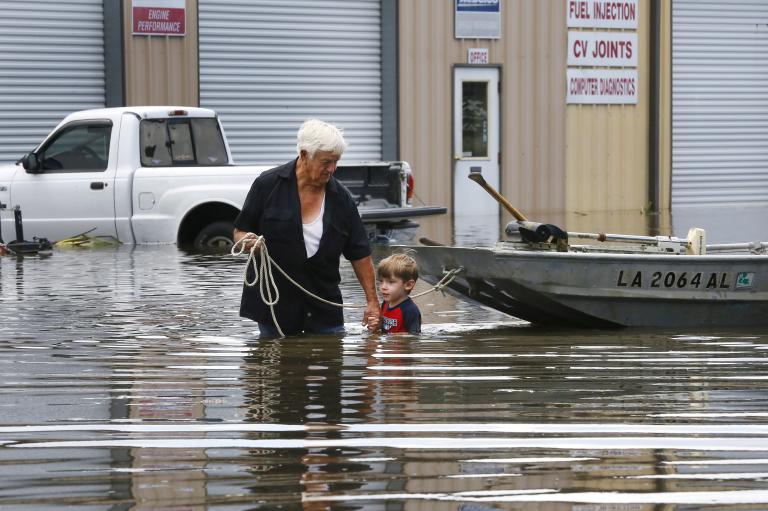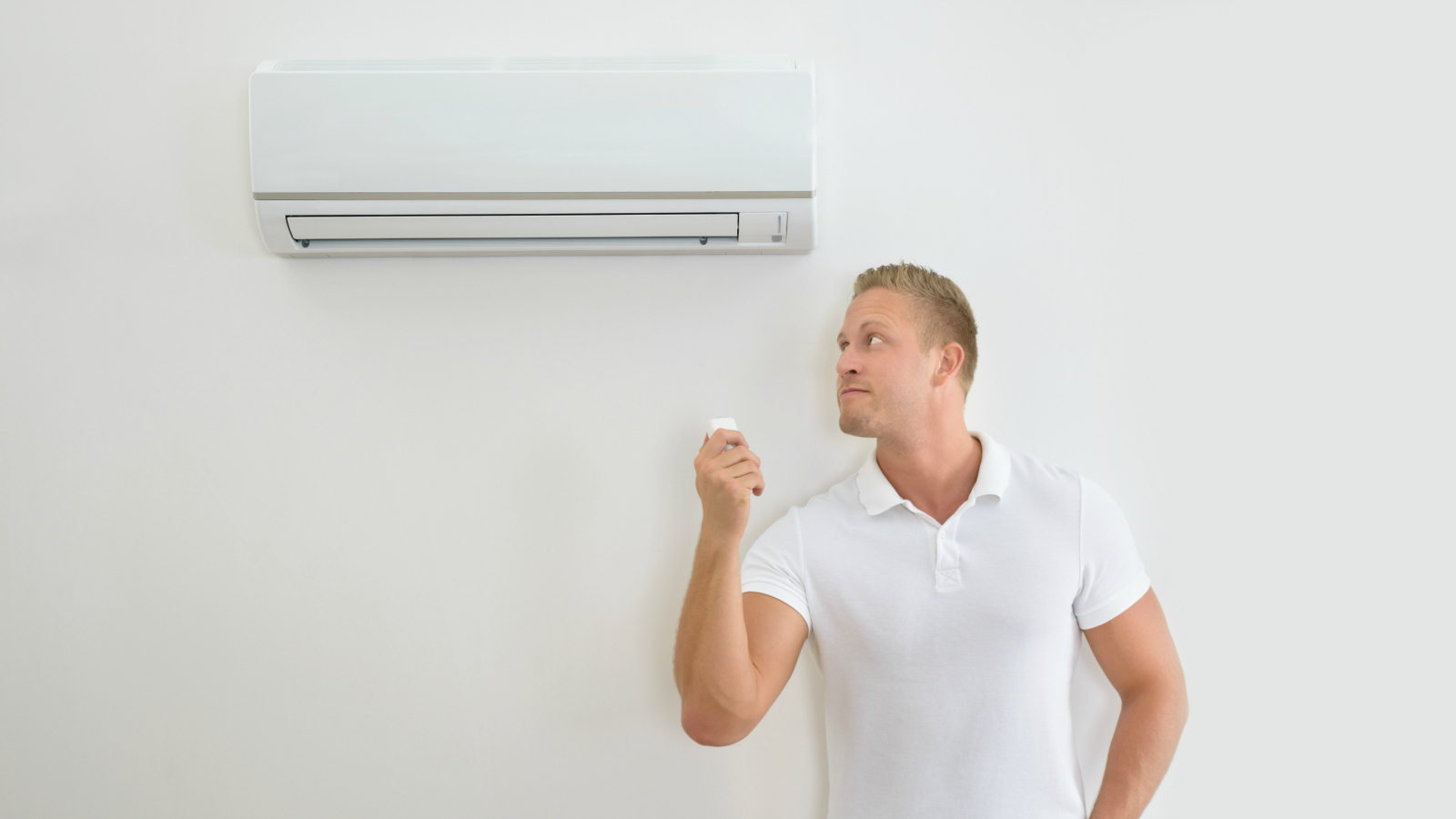Q. Dear Umbra,
We recently enrolled in a green-rate program through our utility. For an approximate 20 percent premium, we receive 100 percent renewable electricity. Given that, is it still important to conserve electricity, or can I now crank up the AC without treehugger guilt? Indeed, wouldn’t it make sense, from an environmental perspective, to decarbonize (and thus use more electricity) by converting our gas heat, water heater, dryer, and stove top to electric? Maybe even buy an electric vehicle?
Ed A.
Rancho Cucamonga, California
A. Dearest Ed,
Do you ever read fairy tales? If so, you’ve no doubt run into the old “magic bag” plot, in which someone finds an enchanted receptacle that’s always full — of gold coins, or food, or what have you. The idea of an inexhaustible supply of doubloons or, hey, even potatoes is appealing indeed. But is your new green-rate program truly the modern version of a magic bag — a never-ending stream of kilowatt-hours of electricity generated without consequence?
I’m afraid not, Ed. Magic-bag electricity still belongs in the fairy-tale realm, along with invisibility capes and giant beanstalks to the heavens. To explain why, I turned to a few wise old wizards, er, renewable energy experts. But first, a few key facts.
Your green rate likely works something like this: Your power company buys renewable electricity from a specific supplier, such as a solar or wind farm. This clean power gets funneled into the grid, our nation’s vast and somewhat confusing system of power plants, transmission lines, and other infrastructure. (Need a little grid enlightenment? Head here for an overview.) Then you pay the utility company a premium to help cover the higher cost of that clean power source. “A green pricing program allows customers to support a greater level of a utility’s investment in renewable energy technology,” said James Hewett, program manager for the American Council on Renewable Energy. “That does increase the overall [renewable energy] put on the grid.” (Note: This is not quite the same thing as a renewable energy certificate, or REC.)
OK, so why is the green rate not a license to leave the lights on 24/7, or keep your home at meat-freezer levels all summer long? One reason: It’ll cost you — and you’re already paying a premium for your juice.
Even if money is no object, here’s another reason: Your power isn’t necessarily coming straight from the solar farm. You see, the more green power — as opposed to “brown power” generated from dirty, carbon-belching fossil fuels — available on the grid, the better. But I mean better for everybody, not just you. There’s no way to guarantee that the particular electrons zinging into your house courtesy of your utility company and pumping your AC came from a renewable source. The more renewables in the grid’s overall mix, the better the chances they are, but we can’t be sure.
“Green-rate power is almost certainly a fraction of the total system power for a utility,” said Ralph Cavanagh, the Natural Resources Defense Council’s energy program codirector. “Even with green power, some of the electricity used by appliances may still come from fossil fuel–powered plants, depending on where [you] live and what time [you] use the appliance.”
That timing thing is key, Ed. If your desire to crank up the AC coincides with everyone else doing the same thing, that’s quite a collective strain on the grid. And when electricity demand peaks, utilities often have to fire up additional “peaker plants” to meet that need — a situation we should avoid, because peakers tend to be dirtier power sources. (Here’s lots more about demand, supply, and the grid’s power mix.) “It has a great impact, especially aggregated among residential customers, to reduce the amount of load on the grid,” said Ben Airth, senior manager with the Center for Sustainable Energy.
There is a way to be sure your power is 100 percent renewable: Install your own solar panel array (or wind turbines, or other home power system) with enough capacity to meet your electricity needs. Even this, though, is no excuse to waste electricity: The less power you use, the smaller and cheaper your system can be — and the more excess juice you can sell back to your utility, padding your bottom line (at least in California and the many other states that allow net metering). If there’s a magic bag in this story, it’s a home renewable system hooked into the grid, forever full of bright sun or wind that can be converted into cold cash.
As for replacing your gas-powered appliances and/or car with electric models? That could make good sense, because the electric grid is just going to keep getting cleaner, making electricity a better source of juice than natural gas or gasoline (but be aware that electricity is a more expensive fuel source than natural gas). “High-efficiency electric appliances are increasingly a great choice as more renewables come online and coal-fired plants get decommissioned,” said Cavanagh. Choosing the most efficient appliance models and running them during off-peak hours will help reduce their overall impact even more. Cavanagh adds, “Buying an electric car is a great choice right now — prices are coming down, and there are more charging stations available.” And California’s cleaner energy mix makes EVs a particularly good idea in your neck of the woods.
So unfortunately, neither I nor your green-rate program can banish your treehugger guilt. Conservation remains the order of the day, at least until we can find a genie to grant us three wishes. Though if you’ve read any folktales at all, you know that particular story line always creates more problems than it solves.
Scrimpily,
Umbra



